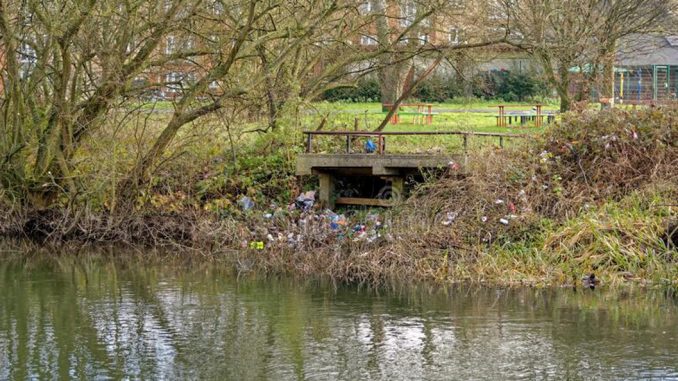
The Covid-19 pandemic could be allowing polluters to break environmental regulations with near-impunity according to an investigation carried out by The Guardian.
Using a Freedom of Information request, the newspaper learned that the Environment Agency attended just 292 water pollution incidents between April 2020 and August 2020. During the same timeframe in 2019, 1,726 incidents were attended.
This 83 percent drop in investigations was not matched by a similar decline in reports of pollution. 9,144 incidents were detailed to the Environment Agency, just three percent less than the 9,424 received in 2019.
Reduced activity by the Environment Agency took place at the same time as water quality tests were ceased between May and July because of the pandemic.
There is a fear that no testing for three months coupled with non-investigation of reported problems may have encouraged polluters, knowing that there was little chance of being caught and held accountable should environmental regulations be broken.
A statement on the Environment Agency’s website on 2nd June 2020 read: “We remain fully operational, with the majority of our staff working from home.”
“Our remaining frontline teams will be active, where necessary, on the ground tackling priority issues such as flood risk and pollution.” This though flies in the face of the data obtained by The Guardian.
The Environment Agency themselves released a report in September revealing the shocking extent of pollution levels of waterways in England.
Just 16 percent of rivers, lakes and streams had water classed as good and only 14 percent passed tests that ranked them as good for plants and wildlife.
These figures are miles away from the Environment Agency’s target of 100 percent healthy waters by 2027 with 75 percent close to their natural state. Only 14 percent meet the natural state target currently.
Wastewater discharges by water companies accounted for 36 percent of the damage with 40 percent caused by run-off from agriculture. The water regulator Ofwat has set the industry the target of reducing pollution incidents by 30 percent by 2025 in its PR19 review.
Environment Agency chair Emma Howard Boyd said at the time of the September report: “Water quality has plateaued since 2016, which isn’t good enough.”
“There have been improvements over the last 25 years, for example wastewater treatment works put 60 percent less phosphate and 70 percent less ammonia into the water environment than they did in 1995, but the general upward trend has not continued.”
“To get to where we want to be everyone needs to improve how they use water now and that means water companies, farmers and the public.”
With such a dramatic drop in the investigation rates of reported pollution incidents, questions will now be asked about whether the Environment Agency is doing its bit to ensure that environmental regulations are not broken.

Leave a Reply